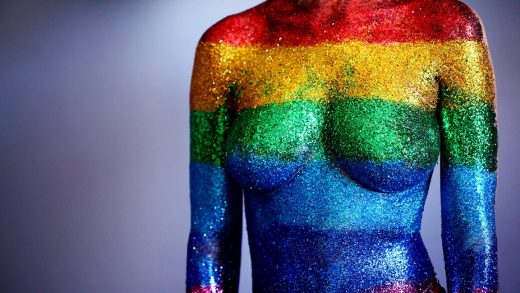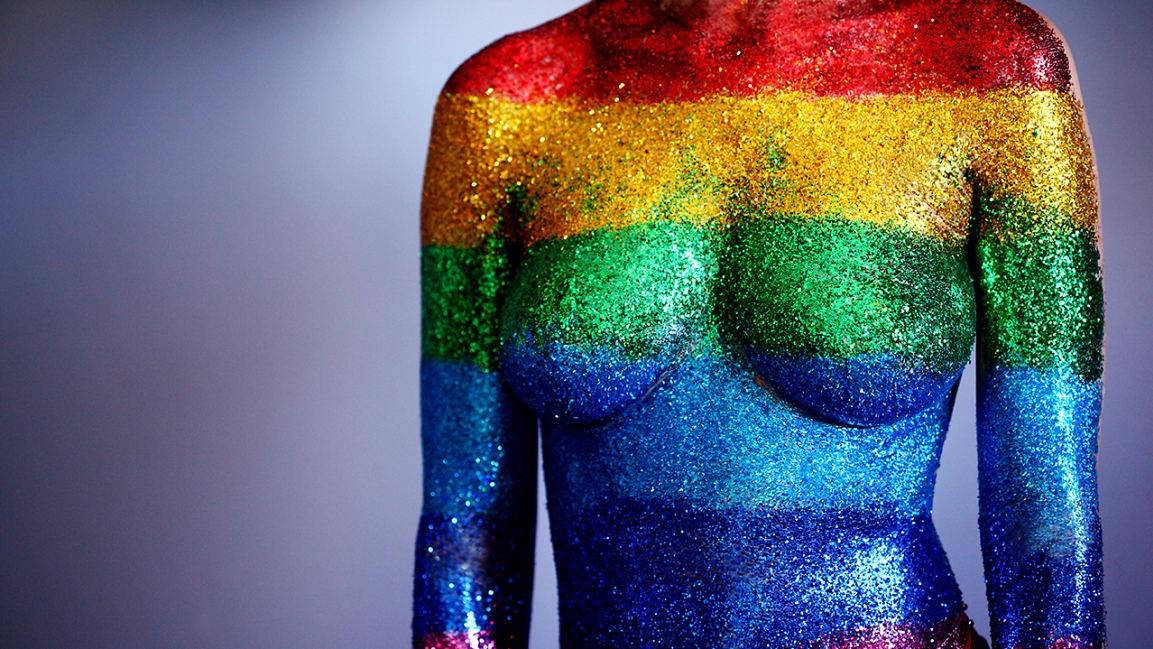Trump’s anti-transgender push: 6 things to know
By Steven Melendez
October 22, 2018
The Trump administration is considering new policies that would legally define people’s genders to be either male or female as noted on their birth certificates, unless their DNA says otherwise, the New York Times reports. The proposed changes are part of a pattern of anti-transgender policies embraced by the administration, and are perhaps the harshest yet.
Here are some things to know about the Trump administration’s approach to transgender issues so far.
The new policy is part of an effort by the Department of Health and Human Services to define “sex” as it’s used in anti-discrimination law. It would generally hold sex to be immutable and based on physical observations, and a birth certificate gender listing would be seen as proof of someone’s gender unless genetic testing showed a disparity.
Trump has previously banned transgender people with a diagnosed history of gender dysphoria from serving in the military. The ban is formally stayed by the courts amid ongoing litigation, but would-be transgender recruits have said they’ve still had a hard time enlisting.
The administration has also rolled back protections for transgender people elsewhere. Soon after Trump and Education Secretary Betsy DeVos took office, they reversed an Obama-era policy protecting transgender students’ rights to use the bathrooms of their choice. The administration has also curbed other protections for transgender people in federal prisons.
The changes are a sharp contrast from the Obama administration’s policies. “But no matter how isolated or scared you may feel today, the Department of Justice and the entire Obama Administration want you to know that we see you; we stand with you; and we will do everything we can to protect you going forward,” then Attorney General Loretta Lynch famously told transgender people in 2016, after the Justice Department sued to overturn North Carolina’s controversial bathroom restrictions. “Please know that history is on your side.”
The changes also come as many local governments and federal courts have continued to expand protections for LGBT people. For instance, various jurisdictions have made it easier for people to retroactively change the gender listed on their birth certificates, with New York City recently adding a third option for people who don’t identify as male or female.
After news of the proposed Trump policy emerged, protesters quickly took to the streets and social media (using the hashtag #WontBeErased) to condemn the plan. They say the changes would effectively erase the estimated 1.4 million transgender adults in the U.S. from federal law.
(23)



